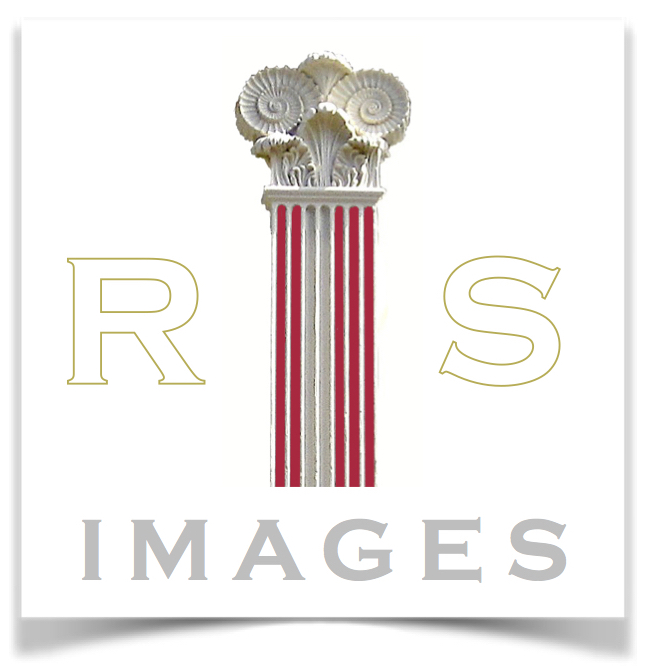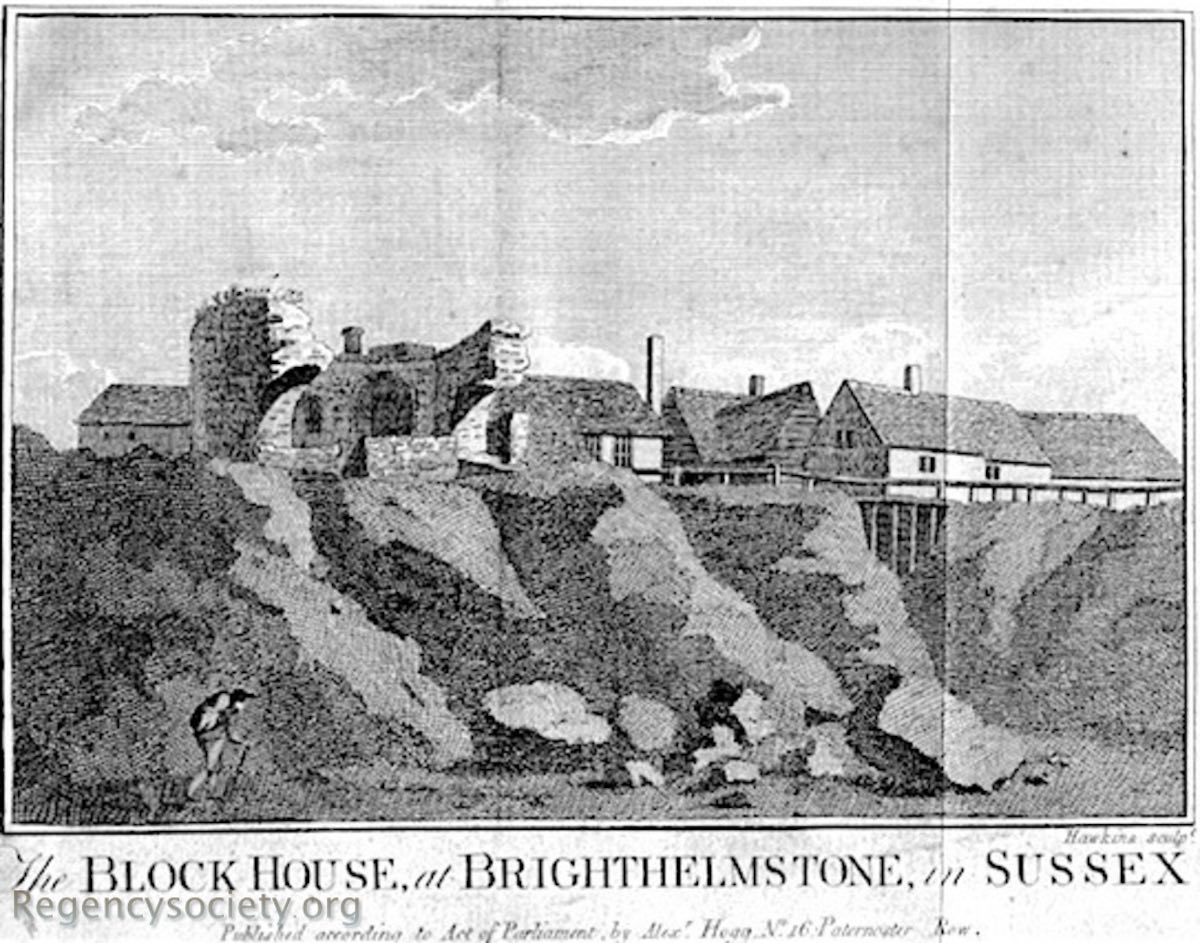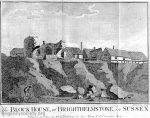BPC00020
Copperplate line engraving by Hawkins, published by Messrs Hogg, Paternoster Row, London 1795.
This is the third edition of the plate. It was first published in The Antiquities of England and Wales by Grose, who sued Alexander Hogg for producing this subsequent edition, which had slight changes to the original composition.
In John Bruce’s 1827 History of Brighton and Stranger’s Guide he relates the history of the Block House. He mentions the story of the French attack, which he puts in 1545, and describes the town as being frequently attacked by vigilante enemies, the inhabitants determined, during the reign of Elizabeth, to erect secure fortifications. As a result, the Block House was built on the cliff between Black Lion Street, Ship Street and a little to the west of East Street. He describes its walls as being eight feet thick and eighteen feet high, and adjoining it on its eastern side was the Townhouse with a dungeon. In front of the building was the ‘gun garden’ with four large cannons, but with the erosion of the cliffs over the years, the whole construction was eventually washed away by the sea on 19 November 1786.
See all images of the beach in the beach gallery
loading map - please wait...



